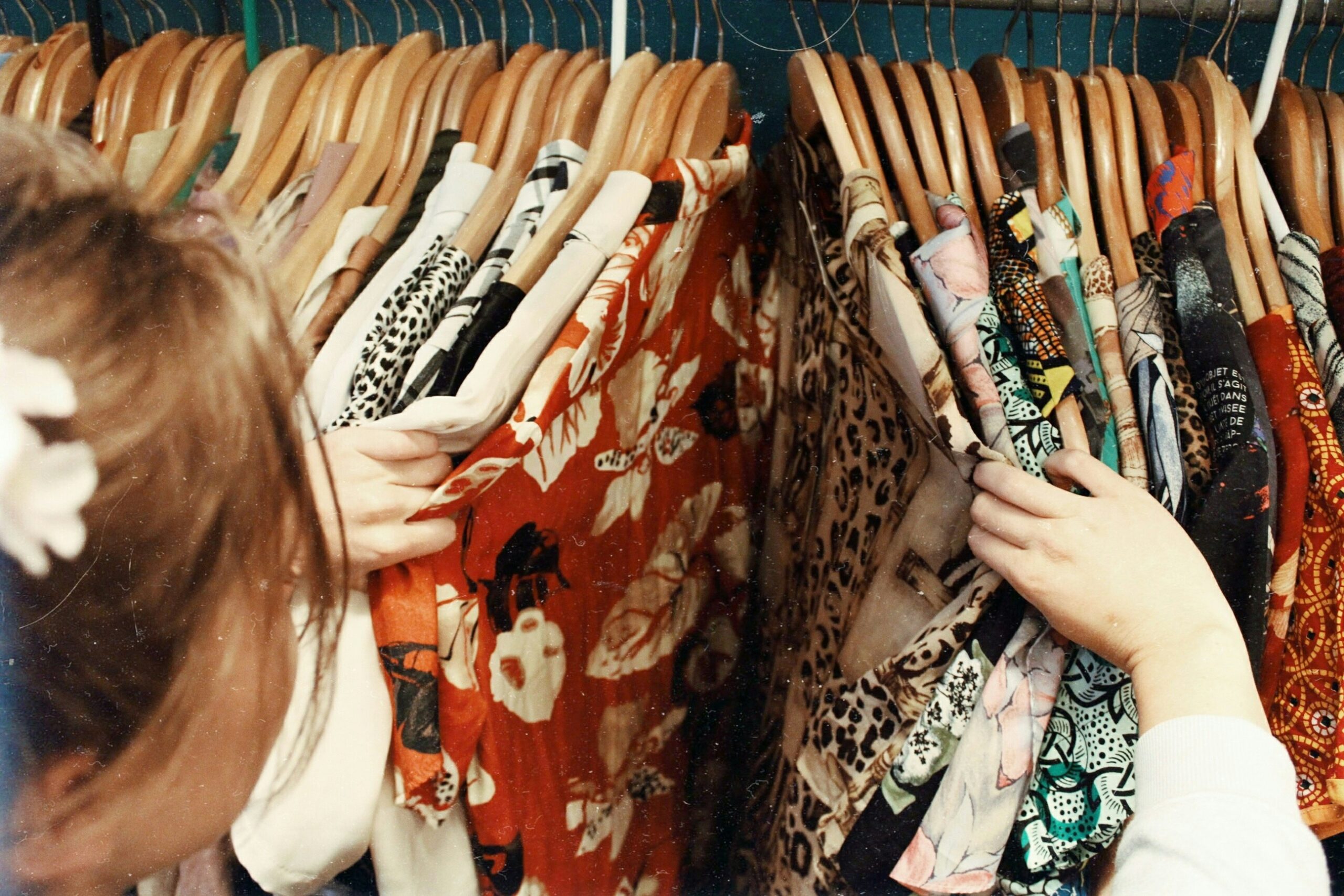
We are in the home stretch of retail earnings season, which has been more eventful than usual thanks to the tariffs and some unexpected dealmaking.
Some of the biggest newsmakers of 2025 report this week. Here are a few questions we’ll be looking for them to answer:
How much will consumers pay for sneakers?
We know how much hedge funds and retailers will pay for sneakers: 3G paid $9 billion and change for Skechers earlier this month, closely followed by Dick’s Sporting Goods’ $2.4 billion acquisition of Foot Locker. Of the two deals, the latter is likely to be far more consequential.
Executives already got on the phone with analysts after the deal was announced, so Wednesday’s earnings call may not provide too many new details about Dick’s plans.
But the company can talk about whether consumers will keep buying sneakers at higher price points. Nike is reportedly planning to raise prices by $5 on shoes costing between $100 and $150, which covers most of the selection at Foot Locker. Adidas and Puma will likely follow their rival’s lead. The Swiss running brand On, a major presence at Dick’s with prices starting around $150, has already said to expect hikes by July.
At more luxury-focused sneaker retailers like Kith, a few dollars might not draw too much attention. But the Foot Locker customer wants stylish sneakers at more affordable prices.
Will Tariffs Derail Gap’s Turnaround, and Abercrombie’s Soft Landing?
Now that the Trump administration has for the time being taken the most severe tariffs off the table, it’s the retail edge cases that can shed the most light on how trade policy is playing out with shoppers.
Gap Inc. is on a tear, with shares trading close to a four-year high as a turnaround takes hold, particularly at the company’s namesake brand. The real test is whether sales continue to grow even as consumers pull back on spending; buzz-generating initiatives like Zac Posen’s premium Gap Studio line are meant to keep the brand at the top of the shopping list.
Abercrombie & Fitch was the hottest mall brand for several years running, but has seen growth start to slow in recent quarters. It issued a cautious outlook for the quarter that will be covered in Wednesday’s results, and will hope to avoid falling short of already low expectations.
What beauty products do shoppers still want to buy?
The lipstick index is dead. Consumers are in too gloomy a mood even for the smallest luxuries these days, judging by dismal sales at Estée Lauder, Coty, Shiseido and other beauty giants. Ulta Beauty, which reports Thursday, is on the front lines in more ways than one, with its exposure both to struggling beauty brands and Target’s troubles.
E.l.f. Beauty, reporting Wednesday, can add the tariffs to its list of woes. The brand’s affordable dupes helped it rule the post-pandemic beauty boom. Unfortunately, some 80 percent of those products are made in China. The company’s stock is back above Liberation Day levels now that the Trump administration has lowered tariffs on Chinese imports to a more manageable 30 percent. On Friday, the brand told customers it would raise prices across the board by $1. Look on Wednesday for guidance as to whether an earlier forecast for sales to grow by about 20 percent in the coming year still holds.
The Week Ahead wants to hear from you! Send tips, suggestions, complaints and compliments to brian.baskin@businessoffashion.com.








